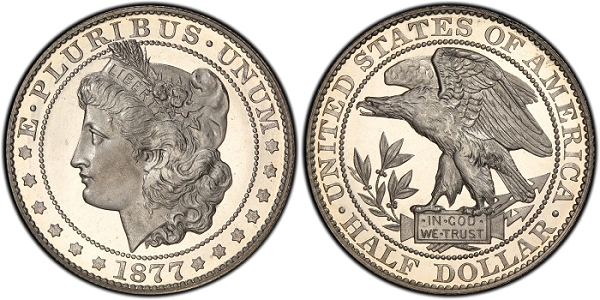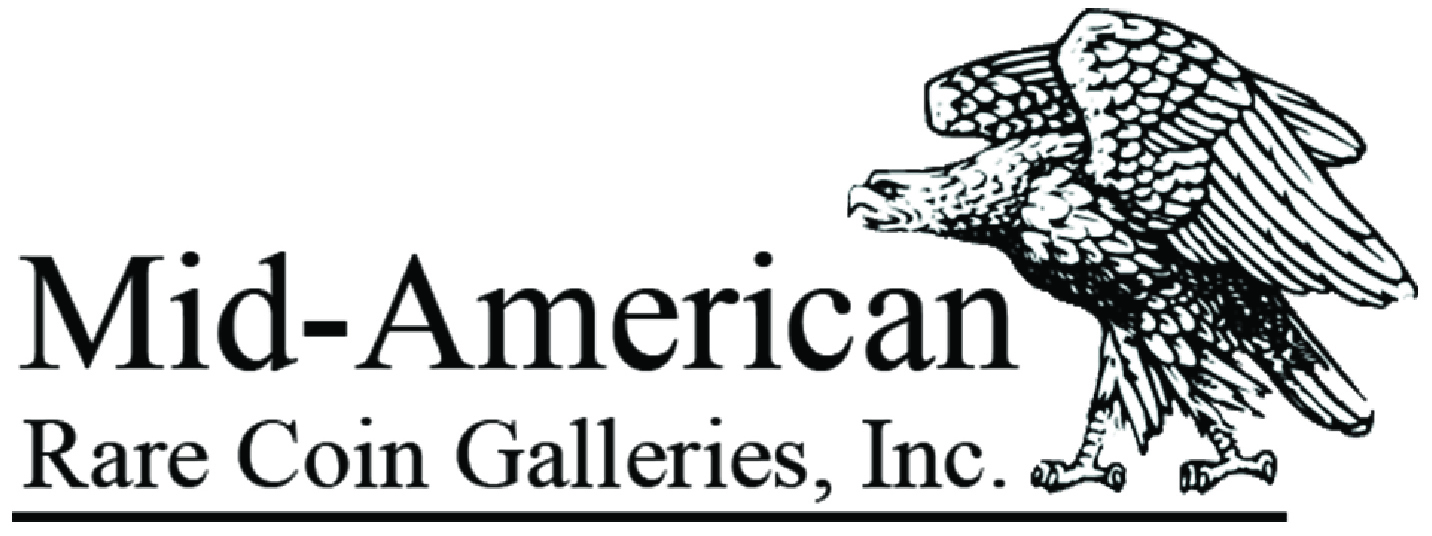Years ago, Charles Anderson, owner of Whitman Publishing, began a collection of US Pattern coins. The collection grew into one of the most complete ever assembled. That collection sold intact to the mega-collector Bob R. Simpson in 2007 for over $30 million — the largest private numismatic transaction at that time. In the following years, Mr. Simpson made an effort to buy any and all Patterns to complete the collection as fully as possible.
I had the pleasure of selling some great Pattern coins into this collection over the years. However, completing a collection of US Pattern coins is a difficult task, even for a billionaire.
Starting September 17, 2020, Heritage Auctions will be selling selections from the Bob R. Simpson collection, including some very rare US Pattern coins. Apparently, Mr. Simpson is keeping some of his favorite types, but the breaking up of this great collection is an opportunity for anyone seeking a unique opportunity to buy some truly rare coins.

Many collectors are unfamiliar with this part of the US market. The following should give you more information about the series and ways to collect them.
The first US Pattern coins were struck 228 years ago in 1792. These early issues are among the most desirable and highly collected coins ever struck by the United States Mint. In the summer of 1792, about 1,500 to 2,000 Half Dismes were produced, and they are the most available of the issues struck that year. The 1792 Half Disme was most probably struck for general circulation but is still listed as a Pattern in most reference books. The remaining issues are all extremely rare and seldom offered.
Altogether, there were six different types and 13 different issues, including varieties of each:
- 1792 Silver Center Cent
- 1792 Birch Cent (two types, including the one pictured above)
- 1792 Half Disme
- 1792 Disme
- 1792 Eagle on Globe Quarter Dollar – one of my favorite coins in the Smithsonian Collection
These early 1792 Pattern issues have strong crossover appeal and are collected by those with an interest in early American coinage.
Pattern Play
Patterns are defined as coins struck as experimental pieces for design or metal content. These coins reflect “what might have been”, but for one reason or another, were never issued. They are also a reflection of the artistic sentiments of the time. The series is full of amazing rarities, including some of the greatest US coins ever struck.
However, assembling a complete set of US Pattern coins is an impossible task. Accounting for every major type and variety, there are about 1,500 different US Patterns, and several unique coins are held by museums, such as the following, which are in the Smithsonian Collection:
- 1849 Double Eagle – the first Double Eagle struck from California gold; many consider this to be the greatest US coin
- 1877 $50 Gold (two varieties) – these two coins were secured by the US Mint in the early 1900s in a trade for a trunk-full of Patterns; there are no records of what this trunk contained, but it may constitute a large portion of the Patterns we have available today
- 1906 Barber Double Eagle – Charles Barber’s answer to the complicated Double Eagle design proposed by Augustus Saint-Gaudens
Getting in the Game
Despite the fact that it is impossible to assemble a complete collection of US Patterns, this is an area that should not be ignored. There are several collecting strategies that will make them more accessible and fun to pursue.
Collect a few great coins.
There are some really cool Pattern designs that are beautiful, rare, and always desirable. These include, but are not limited to, the following: 1872 “Amazonian” Coinage, Quarter Dollar through Double Eagle; 1879 “Schoolgirl” Silver Dollar; 1876 “Sailor Head” Silver Dollar; and 1882 “Shield Earring Silver” Dollar. There are dozens more to choose from and owning just one Pattern coin will be an interesting addition to any collection.
Collect coins as an addition to regular issues.
Nearly any vintage collection of US coins was preceded by interesting Pattern issues. These are called Transitional issues. As an example, if you collect Indian Head Cents, you might want to purchase one of the 1858 Patterns. They are all much rarer than the regular issues and can be purchased for quite reasonable prices. A few years ago, one of the best collections ever assembled of Pattern Flying Eagle Cents was sold at auction by Kagin’s, Inc. The catalog will be an important reference source for years to come.
Collect by design.
Several issues were struck with the same basic design in multiple years and in many different varieties. The Standard Silver issues of the 1860s and ’70s are probably the best examples. Assembling a set of Standard Silver coins would take decades and would be challenging to say the least.
Collect by denomination.
Many collectors like to focus on one denomination and try to find as many as possible. Two Cent and Three Cent Patterns are very popular for this reason. Another collecting idea is to assemble an interesting coin from each denomination from Half Cents to Double Eagles.
Collect by metal type.
Pattern coinage is struck in many different metals, including copper, nickel, silver, aluminum, white metal, and gold — all very rare.
Collect die trials.
An interesting addition to your collection of regular-issue coins would be to add a die trial struck with the same design but in a different metal. There are hundreds of these to choose from, with a great example being the Aluminum coinage of 1868 and 1869. These were produced in significant numbers in every denomination.
Collect coins from an era.
Patterns struck during the Civil War are particularly popular with collectors. These coins are all rare and quite interesting. Many were struck when the Mint was experimenting with the “In God We Trust” motto.
Collect coins that are considered part of the collecting mainstream.
These are coins that were struck as Patterns but are listed in standard references. The list includes 1856 Flying Eagle Cents, Gobrecht Silver Dollars, and Stellas. These coins have always been super-popular and highly sought-after.
In one of my recent articles, I talked about finding coins with true rarity. US Pattern coinage fills all of the requirements for this designation. You do not have to worry about a hoard of any issue showing up and depressing prices. Most collectors are excited to find the coin regardless of condition. There is no set registry condition pressure.
I have been buying and selling rare coins for decades, and I am always excited to handle a US Pattern. Another great reason to consider this series is the amazing amount of information that is available to modern collectors. The ready access to population reports and auction records makes collecting Patterns much easier.
Finally, one of the best reasons to consider Pattern coinage is the incredible value they represent. Many Pattern coins can be purchased for about the same price as the regular-issue Proof coinage of the same year. The Pattern coins are many times rarer and are an excellent value at current levels.
If you are looking for a challenge, you should give this area of the market a close look. As always, try to find someone to give you good advice and be patient. The search will be worth the effort.
